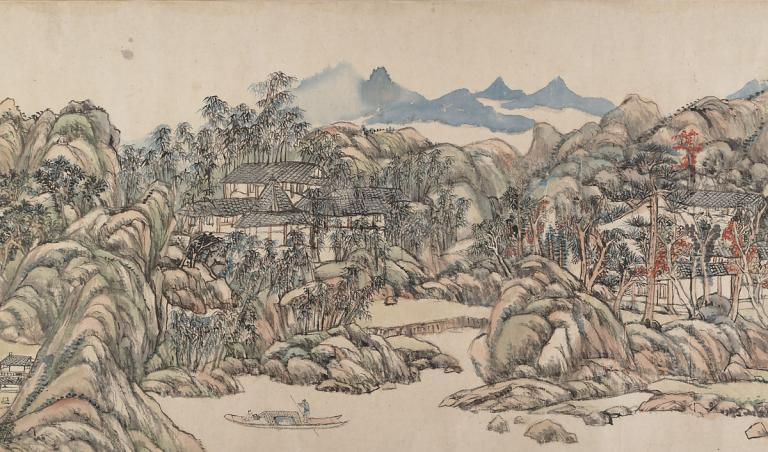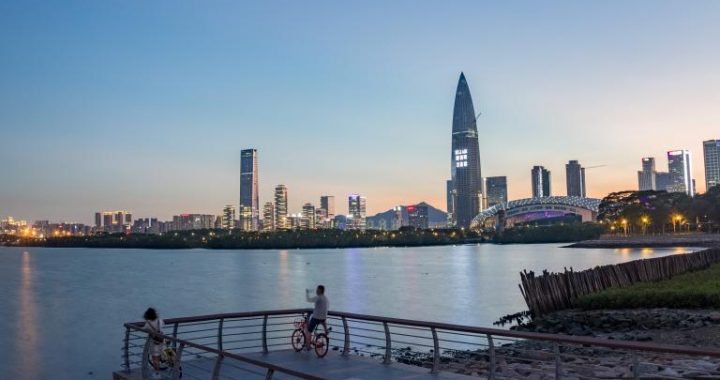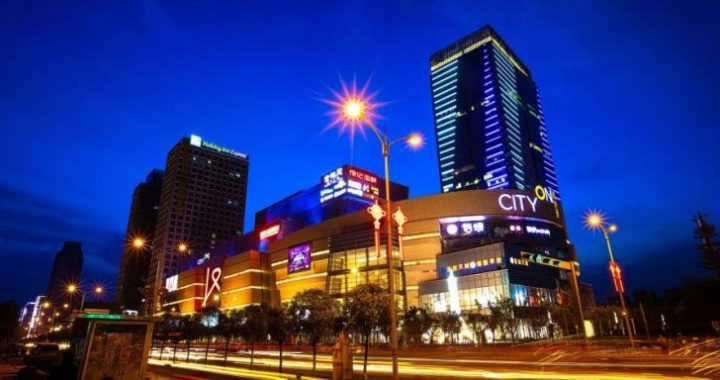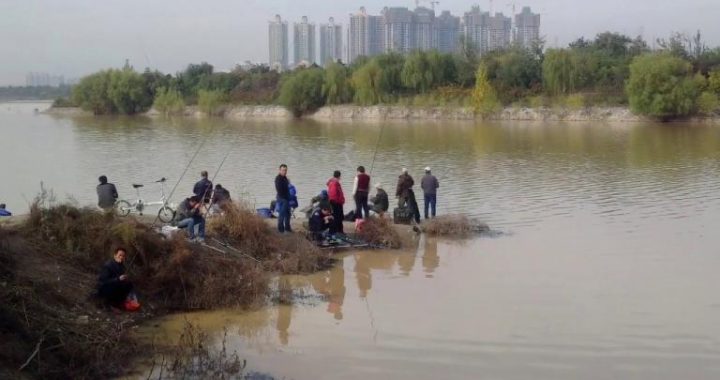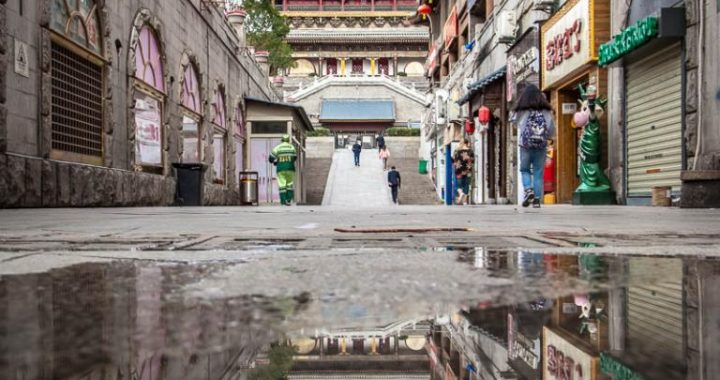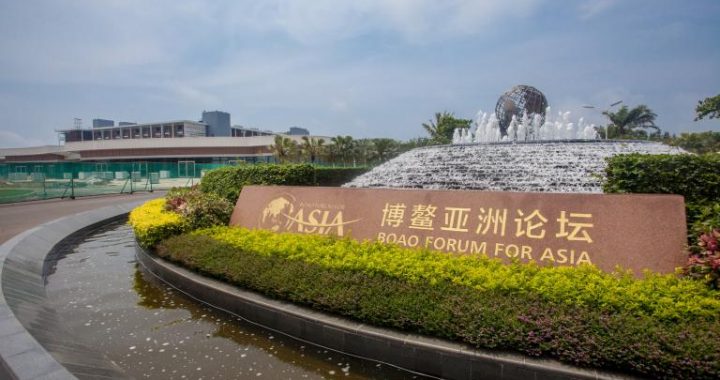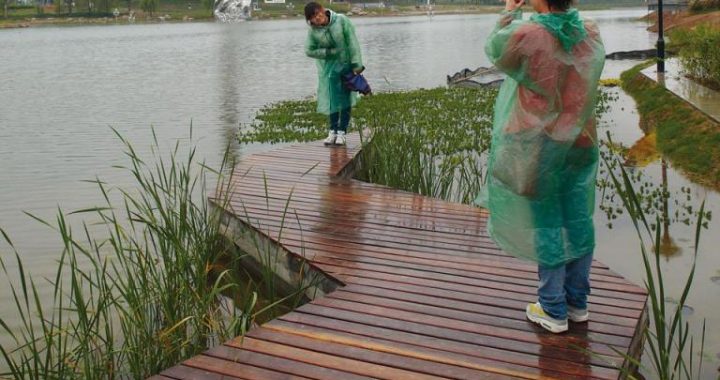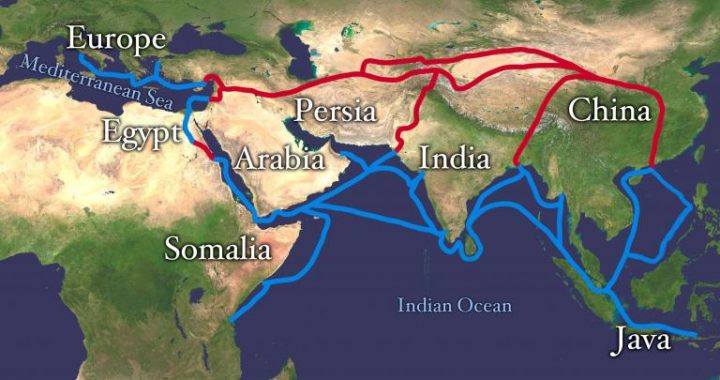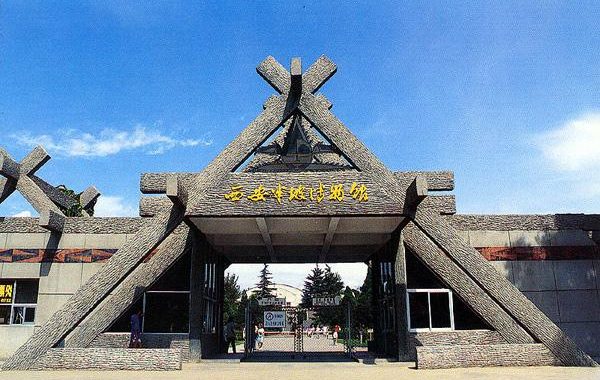Changan in the late Tang Dynasty
4 min readAthens, Rome, Karo and Xi’ an are the four greatest ancient capitals of civilization. When compared with the other three, Xi’ an is largest in size, longest in history and most prosperous, which accounts for the fact that its withering away makes people sigh with regret.I always wondered how it be, if the city of Changan was preserved till today? This wish, however, would have been impossible to achieve. It is only in our dreams can we continue to appreciate it. An Lushan only served as a trigger for the demise of the Tan Dynasty. In the end, it was the wheel of history rolling forward with and irresistible force that sealed its fate.

In accordance with documented records and archaeological materials, the city of Chang’ an in Sui and Tang dynasties asw the capital of the nation as well as the most prestigious internationalmetropolis, extendingover 80 square kilometers, equaled to 6 times hat of Baghdad,7 times that of Babylon,1.8 times that of the tyci of Luoyang,1.9 times larger than the city of Nanjing in Ming Dynasty and 1.4 times larger than Beijing in Qing Dynasty. It is therefore, no exaggration to state that Chang’ an in Tang Dynasty was the largest, most prosperous and most civilized city at the time, bringing on the development of the Chan-Ba area, located in the eastern part of Chang’ an. During the Sui and Tang dynasties, with its developed economy, flourishing culture and lively atmosphere, this place produced a galaxy of advanced culture and talents, to which the highly ranking officials and influential personages attached great importance.
With its pleasant environment for living, the Chan-Ba area appealed to many eminent personages to build “villas”for their recreation. Religiouspeople, who favored its beautiful sceneries, also chose to construct pagodas and temples and ashrams at this place. Xuanzang, the well-known hierarch, was initially buried in the White Deer Plain of the Chan-Ba area after his death. In addition, this area was viewed as a land of treasure during the Sui and Tang dynasties, and for this reason many people chose to have their own graves situated here. Since the 20h century, many inscription written upon the memorial tablet within these tombs had been found, which were identified as written in the Tang Dynasty. Based on the contents of these, it is quite evident that the people who lived at the time were quite fond of this place.
The Sui and Tang dynasties marked the peak of the feudal society of China, and also that of the Chan-Ba area.
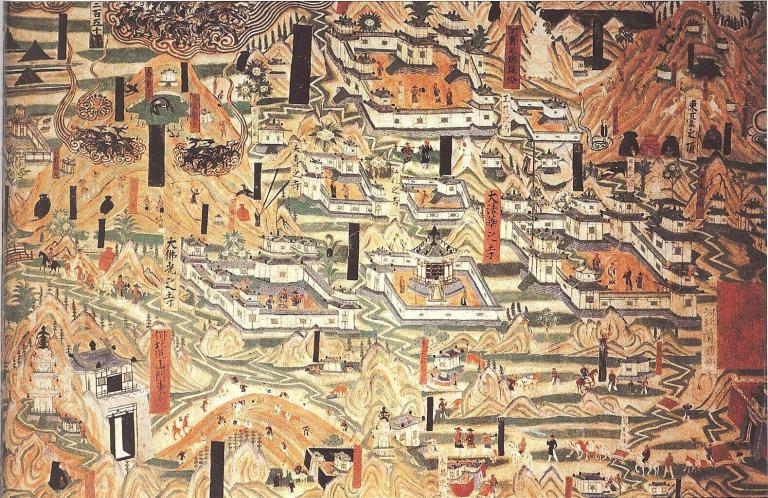
It is indeed egretful that the blossoming city of Chang’ an was destroyed in late Tang Dynasty, which had not only afected the history of the Chan-Ba area, and of the Central Shaanxi Plain area, and of the whole western areas, but of the whole China. The destruction of the Chang’ an citycost China its most influential metropolis. Since then, China has never had a city like that. Nowadays, all we can do is but to speculate on its brilliant past by studying the documented records and archaeological materials, and reflect on its significance in history. key city that links every parts of the country together, losing the talents and wealth which converged in the capital area, the social and economic development of western China had also been greatly inflicted.
The decline of Chang’ an, which also lost its position as the state capital, resulted in the decline of the Chan-Ba area. In Song, Yuan, Ming, and Qing dynasties, China’s center of politics, economy and culture shifted away from Xi’ an, making it merely a place of strategic importance. The Chan-Ba area, thus, witnessed its decline.
Several extensions and maintenance operations had been conducted for the Ba Bridge during the Song Dynasty. In the Yuanyou Period of Song, the emperor ordered demolition of over 300 Tang tablets to refurnish the Ba Bridge. In the third year of Zhiyuan Period of Yuan, Liubin raised capital to rebuild the bridge, replacing the Ba Bridge constructed within the Sui Dynasty. And in the Daoguang Period of Qing, again extensions were carried out on the Ba Bridge.
In Yuan Dynasty, the famous”Woerduo”, which means “palace”in Mongolian, took shape in this area. The Woerduo Site, known commonly as the King Da Palace, was relics of An’ xi King’s residence. It could be found around 3 kilometers northeastern of Xi’ an,2.5 kilometers away from the Chanhe River to its east and about 200 meters aways from Qingmengjie Village to its south. It is said that the easteward extending Longshou Plain had its remaining parts here.
During the Ming and Qing dynasties, the Central Shaanxi Plain became slightly more important. The banks of the Bahe River witnessed the fierce battle between the general Li Ziceng and the troops of Ming in late Ming Dynasty as well as that between the Nien Rebellion and the troops of Qing. To some extent, wars and turmoil tampered the development of this area. Some significant cultural relics can be found here from both the Ming and Qing dynasties, among which are the religion-related Dongyue Temple and Baxian Nunnery located in its western part.
It is until the establishment of the Chan-Ba Ecological District, that the Chan-Ba area, again, set up its weaves in the course of history.
